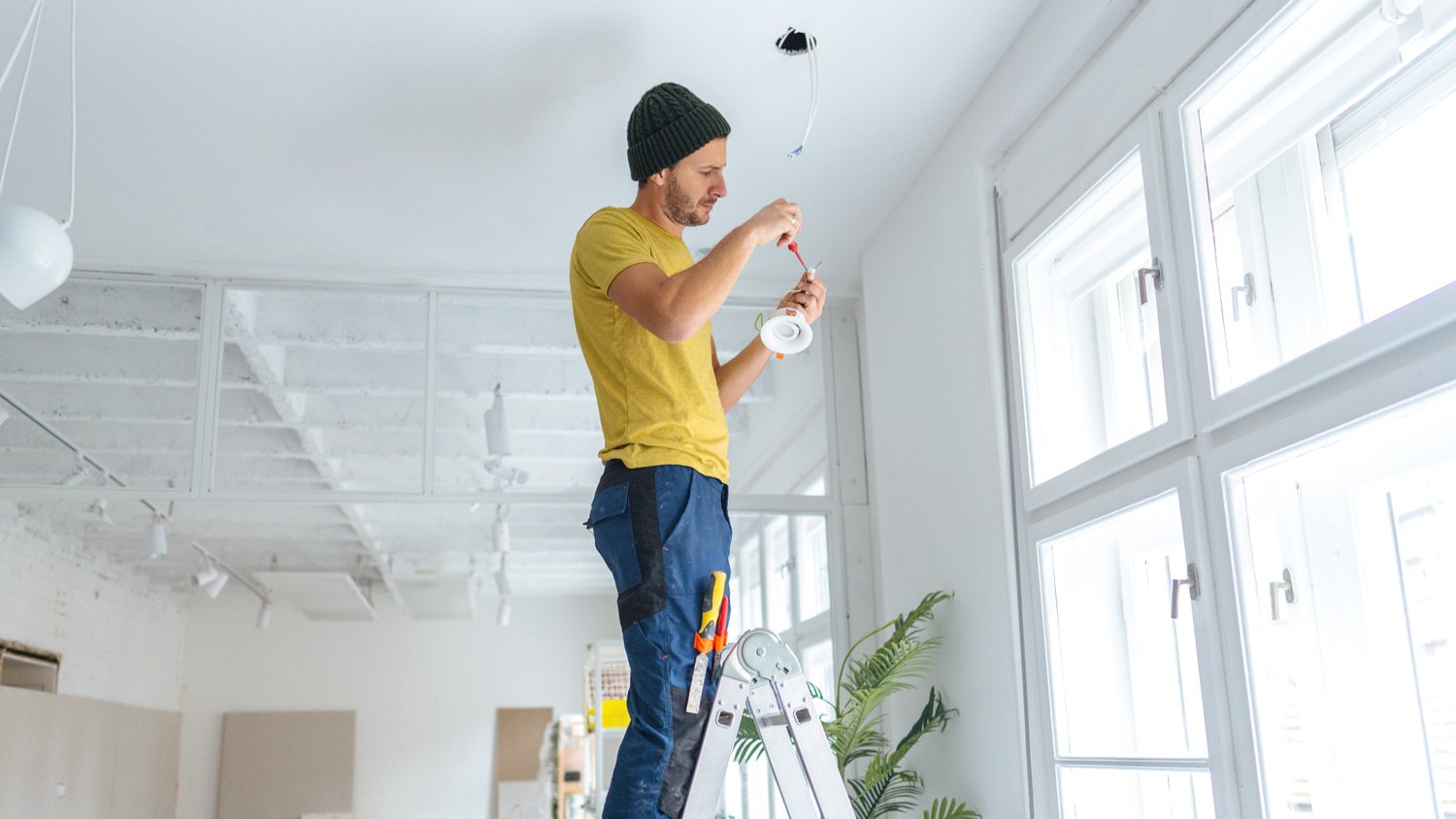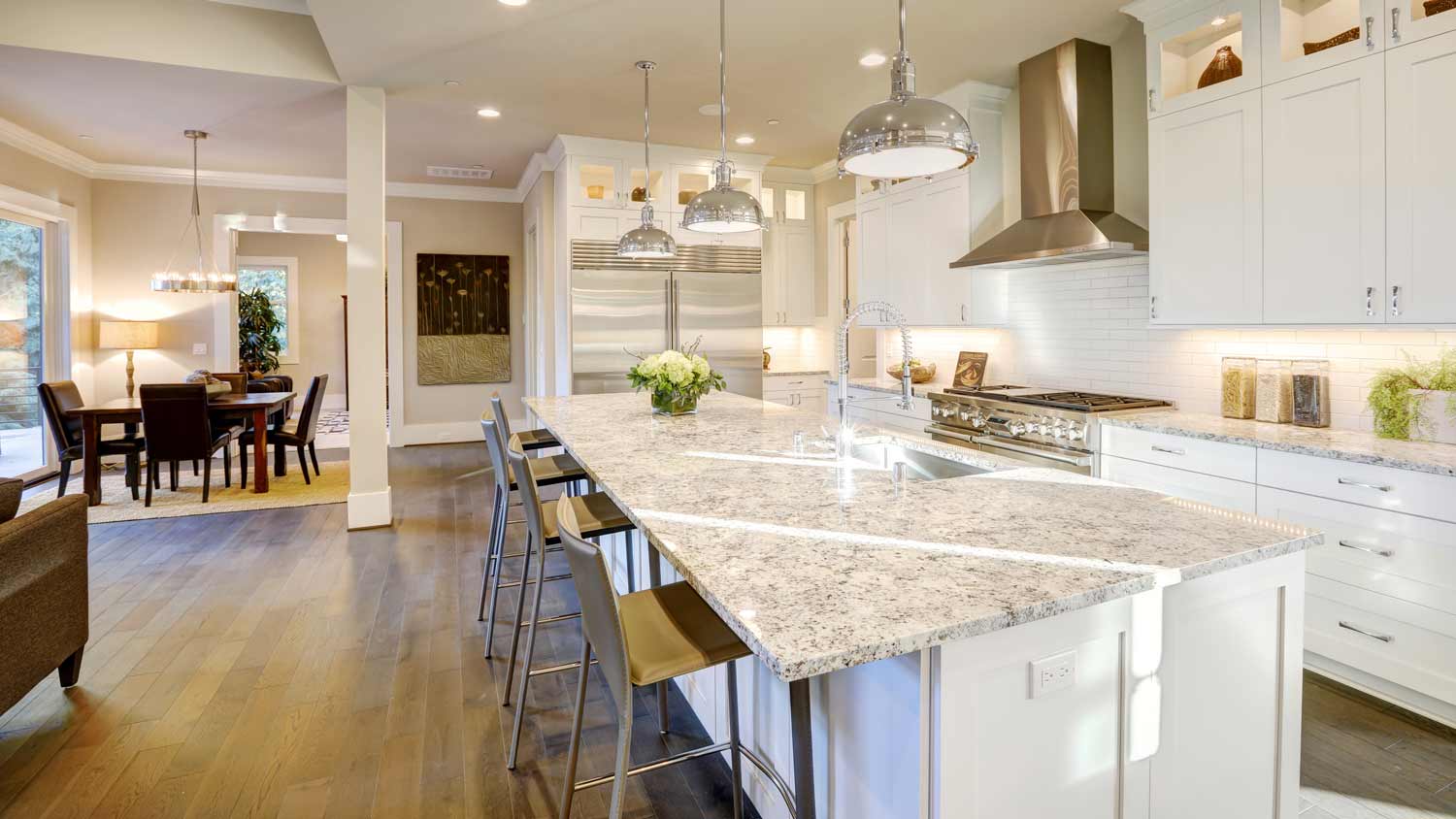
Get transparent light fixture repair cost info. Learn what impacts price, compare repair vs. replacement, and find ways to save.
Hint: Don’t do it while showering


A lightbulb in the shower is more than just that moment when you suddenly have the greatest ideas of your life with nowhere to write them down. Shower lights add modernity, style, and much-needed illumination when you’re reaching for your shampoo. But what do you do if your shower light burns out? The first step involves changing the light’s cover, which is generally an easy task for DIYers. It does, however, require extra care and attention—remember, electricity and water do not mix! Follow this guide to shine a light on removing your shower light cover safely and easily.
Removing a shower light cover is necessary when you need to replace a burned-out bulb, but there are other reasons, too.
For instance, over time, your shower light covers may develop a build-up of dirt and grime, causing your wattage to be less than luminary. In this case, removing the light covers will make it easier to give them a good, thorough cleaning.
Or, if you’re growing bored with the look of your bathroom, you may decide to elevate your shower with new lighting. You’ll need to take off the shower light covers to remove the light fixtures from the ceiling in exchange for new ones.
Recessed lights are often the most commonly used type of shower lighting. However, you may also have lighting in your shower exhaust fan. Follow these steps, broken down by type, to safely remove your shower light cover.
Recessed shower lights feature a flush-mount trim and a watertight cover to protect them from moisture. To remove the cover:
Turn off the light switch that controls the shower lighting. You can also cut the power at the main breaker as an added precaution.
Place a rubber mat or thick towel on your shower floor to prevent slipping.
If you need help reaching the shower light, use a step stool placed on top of the mat or towel.
Place your fingers on the clear part of the recessed light cover and apply light pressure with your fingertips while twisting it counterclockwise.
If the cover doesn’t twist off, you likely have a cover that pulls down. Grasp the circular perimeter (trim) with both hands or pry it with a putty knife to pop it free and pull it straight down.
Some shower exhaust fans also feature lights in their design. To remove the cover, locate the tab on the side of the exhaust fan, and use your finger to pull on the tab. This should loosen the cover and pull it free from the ceiling. You can also use a putty knife or screwdriver to pop the cover off.

When you’re dealing with shower lighting—whether it’s removing a light cover or changing a bulb—it’s important to practice safety first. This is especially the case for bathrooms, which can have a high level of air and surface moisture after you’ve taken a bath or shower. Water is an excellent conductor of electricity, which is why it’s imperative you switch off the power first.
Wait until the air is clear of moisture and all surfaces including the walls, ceiling, and light covers are dry.
If you’ve had the lights turned on for any length of time, allow them to cool before touching them to avoid burns.
If you’re changing a bulb, most experts recommend against using your bare hands. Put on some gloves before handling.
Finally, consider the type of lighting for your shower. LED shower lights are low voltage and a safer alternative than bulbs with a higher wattage. As an additional safety measure, have a ground fault circuit interrupter (GFCI) installed. A GFCI detects the loss of electrical current and immediately deactivates the circuit, minimizing the risk of shocks or electrocution.
Removing a shower lighting cover is a fairly simple process to DIY and requires little to no tools to get the job done. However, when it comes to more complex procedures, such as installing new lighting fixtures or rewiring the electricity in your bathroom, it might be a good idea to hire an electrician or your local light fixture installation professional.
If you choose to use a pro, most bathroom lighting installations only take a couple of hours. Hiring an electrician costs between $160 and $535 on average, depending on the number of lighting fixtures and complexity.
From average costs to expert advice, get all the answers you need to get your job done.

Get transparent light fixture repair cost info. Learn what impacts price, compare repair vs. replacement, and find ways to save.

Add a wow factor to your home with a chandelier. Chandelier installation costs depend on style, location, and labor, so learn what you can expect to budget.

Discover the average wall sconce installation cost, key price factors, and tips to save on your lighting project. Get transparent, expert-backed cost info now.

If you’re planning to install recessed lighting, one of the first things you’ll do is figure out how many recessed lights you need. Here’s how to do that.

Learn how much a light costs a year, so you can learn how to calculate the annual price for light fixtures and decide on the right bulbs for your home.

Installing recessed lighting can be a difficult task, so it’s important to hire the right professional to do the job.